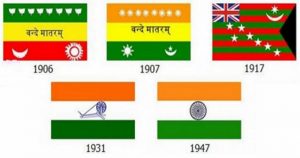
11 Things You Don’t Know About India’s Independence Day
The whole of India observes Independence Day annually on August 15. The occasion is celebrated as a national holiday as Indian received freedom from the British Empire after 200 years of rule. Our national leaders sacrificed their life to get our country an independent identity. This year we complete 70 years of independence but there are few things that has ruined the peace and order of our country. On the occasion of 70th Independence day, here we have some relatively unknown facts about India’s Independence Day. Have a look!
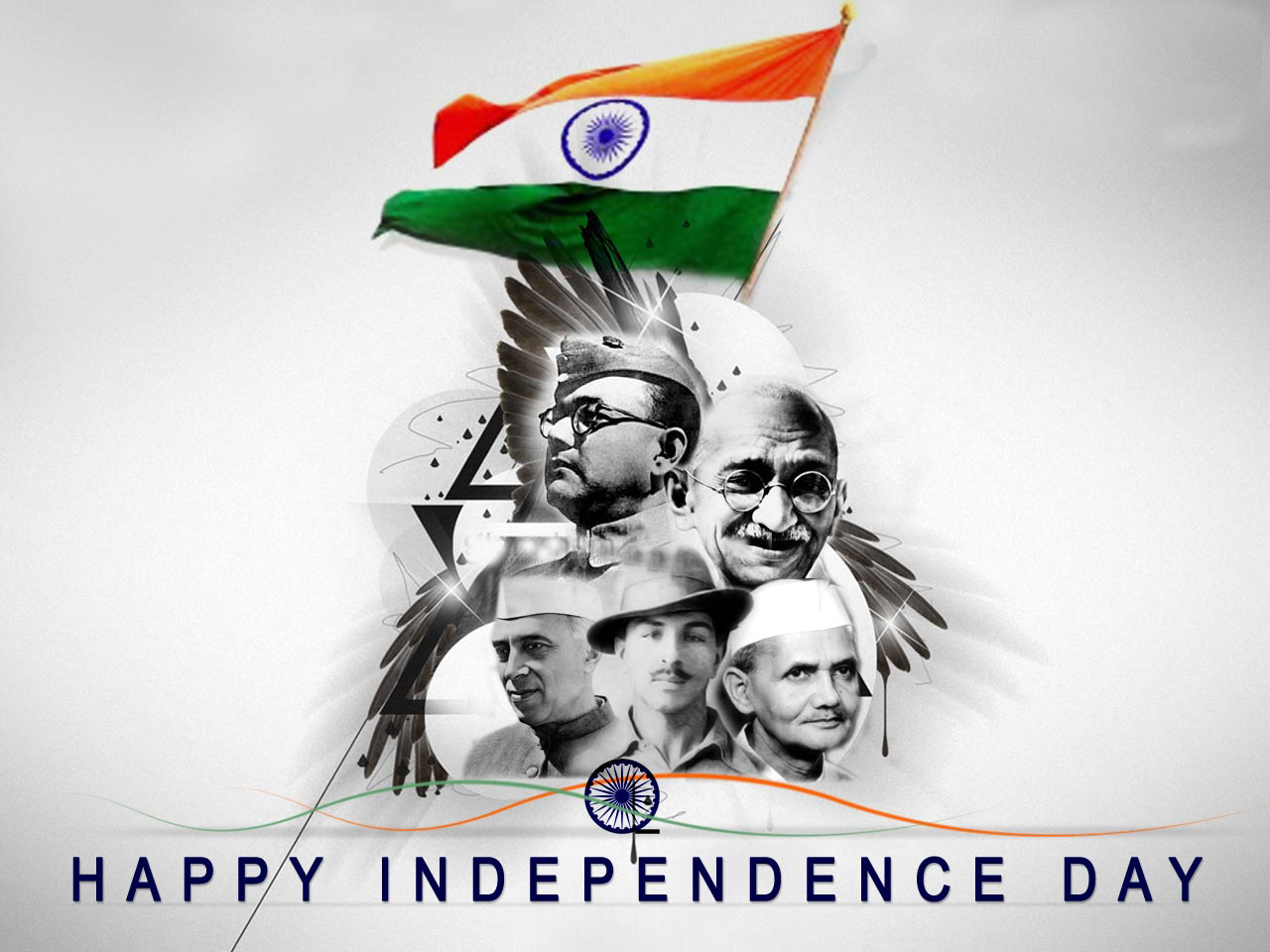
1. Why did the British give freedom to India at midnight?
The main reason behind this is Astrology. It sounds radic but this is the truth! Britain granted Independence to both India & Pakistan on 14th Aug midnight. But Indian astrologers meet Nehru and convinced him that “15th Aug 1947 midnight is the subh muhurat, and it will bring peace and stability to our country”.

2. The first National flag was hoisted first on August 7, 1906.
The first national flag in India is said to have been hoisted on August 7, 1906, in the Parsee Bagan Square (Green Park) in Calcutta. The flag was composed of horizontal strips of red, yellow and green.
The second flag was hoisted in Paris by Madame Cama and her band of exiled revolutionaries in 1907 (according to some inl9OS). This was very similar to the first flag except that the top strip had only one lotus but seven stars denoting the Saptarishi. This flag was also exhibited at a socialist conference in Berlin.
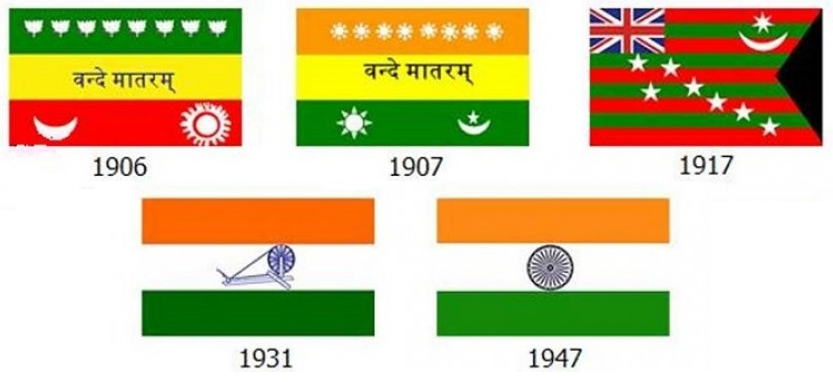
The third flag went up in 1917 when our political struggle had taken a definite turn. Dr. Annie Besant and Lokmanya Tilak hoisted it during the Home rule movement. This flag had five red and four green horizontal strips arranged alternately, with seven stars in the saptarishi configuration super-imposed on them. In the left-hand top corner (the pole end) was the Union Jack. There was also a white crescent and star in one corner.
During the session of the All India Congress Committee which met at Bezwada in 1921 (now Vijayawada) an Andhra youth prepared a flag and took it to Gandhiji. It was made up of two colours-red and green-representing the two major communities i.e. Hindus and Muslims. Gandhiji suggested the addition of a white strip to represent the remaining communities of India and the spinning wheel to symbolise progress of the Nation.
3. Border between India & Pakistan was not announced until 17 August.
Although Pakistan celebrated its independence on 14 August and India on 15 August 1947, the border between the two new states was not announced until 17 August.
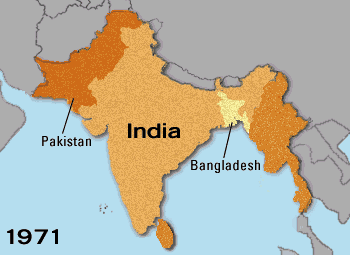
On 17th August 1947 the Radcliffe Line was declared as the boundary between India and Pakistan, following the Partition of India.
4. Hitler is responsible for Indian Independence
When Hitler started World War II, he destroyed the economies of Britain and France to such an extent that they were no longer able to financially maintain their military forces, and were hence incapable of containing the burgeoning freedom movements in their colonies.
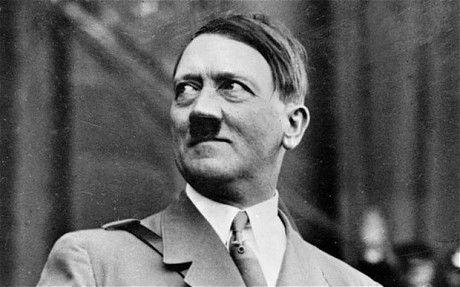
Britain would have left India in 1947 purely for financial reasons, due to its wholly collapsed economy. Hitler thus deserves a large amount of credit for unleashing the Second World War, debilitating England and as a spin-off getting the English to leave India.
5. South Korea, Liechtenstein and Republic of the Congo also celebrate their independence day on 15th August.
6. Mahatma Gandhi was not present on 15th August 1947
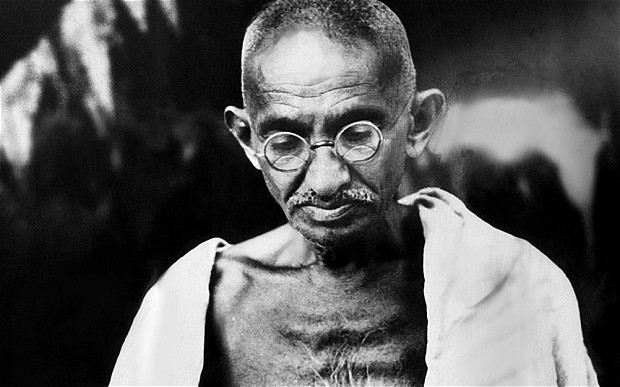
When India celebrated her hard-won freedom on August 15, 1947, Mahatma Gandhi, who had played such a sterling role in the movement, was in Kolkata. Saddened by the Partition of the country, he spent the day fasting and in prayer.
7. Jana Gana Mana was not considered as national anthem till 1950.
When India got freedom on August 15, 1947 there was no National Anthem. Even though the Bengali invocation of Jana Gana Mana was written in 1911, it was not considered as national anthem till 1950.
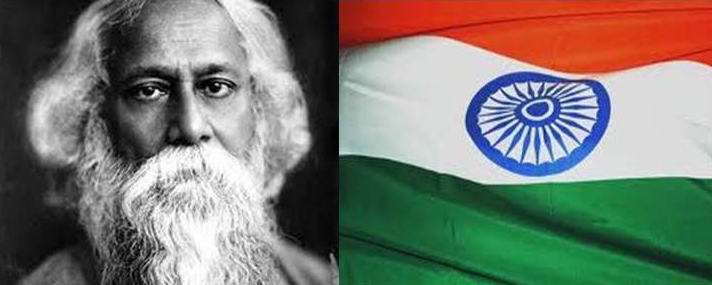
8. Jana Gana Mana song was sung 1st time for “King George”
Jana Gana Mana song was sung for the first time in India on the second day of the Calcutta Conference of the Congress party in December 1911 to give a loyal welcome to King George the fifth, and to thank him for annulling the Partition of Bengal in 1905.
9. After the Independence, India’s capital change from Kolkata to Delhi
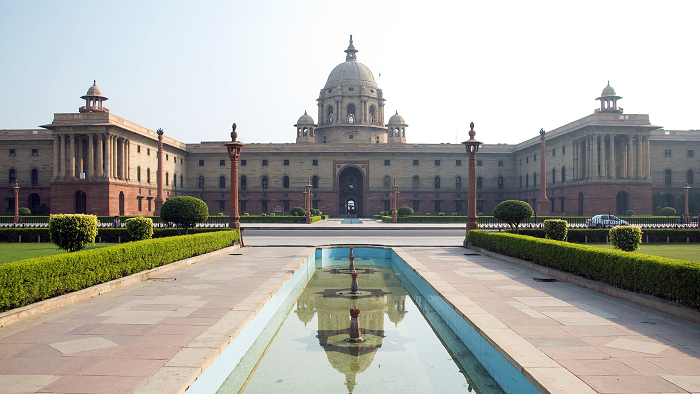
From 1577 to 1911, Calcutta (now called ‘Kolkata’) was the capital city of British India. Bengal was partitioned in 1905. When India achieved independence, capital change from Kolkata to Delhi.
10. India has never invaded any country in her last 1,00,000 years of history.
11. ‘India’ is derived from the River Indus
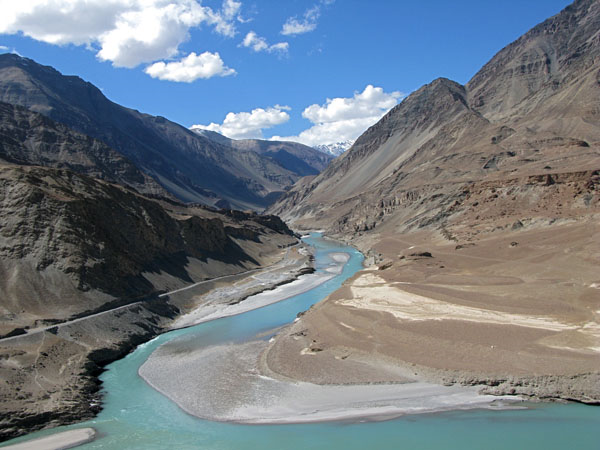
The name ‘India’ is derived from the River Indus, the valleys around which were the home of the first inhabitants of India. The Sanskrit name for India is Bharat Ganarajya. That is the reason why it is also called Bharat. The name “India” comes from the Indus River, which is where earliest settlers made their homes.